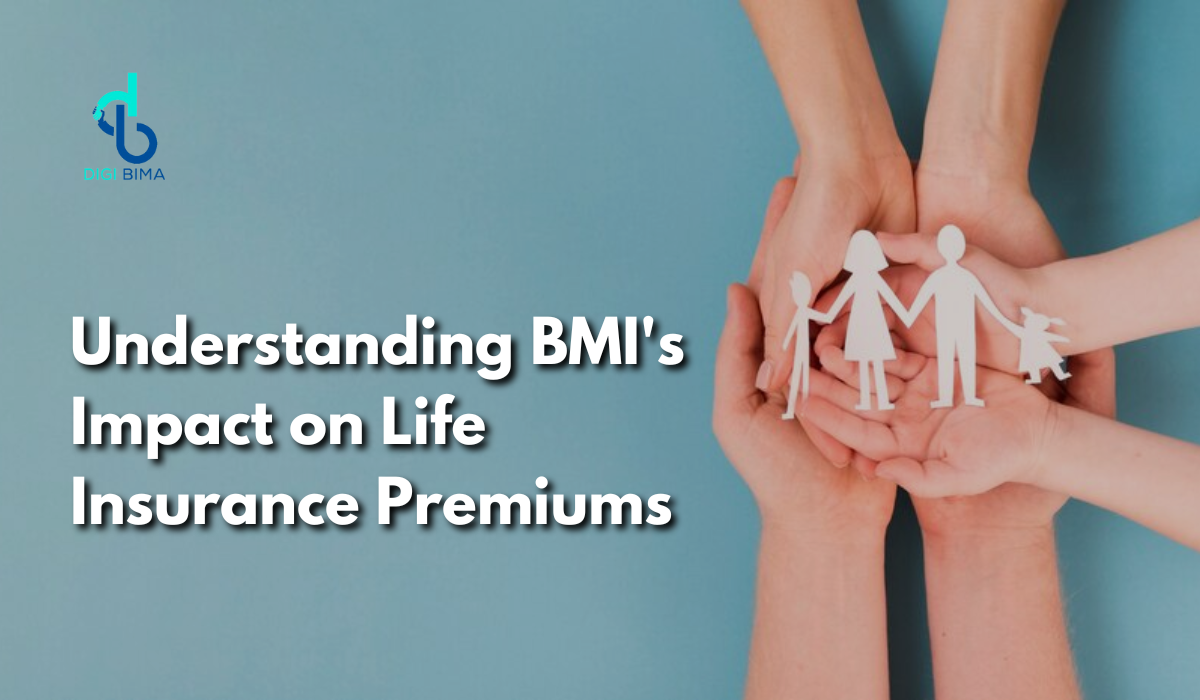When applying for life insurance, many factors are considered by insurers to determine the risk profile of an applicant, which directly influences the cost of premiums.
One of the key health metrics that insurers evaluate is the Body Mass Index (BMI). BMI is a numerical value that assesses your body fat based on your weight and height.
It plays a significant role in the insurance underwriting process because it provides a snapshot of an individual’s health risks associated with obesity or underweight conditions. This article delves into how BMI impacts life insurance premiums and what you can do to manage your rates.
The Role of BMI in Life Insurance
BMI Categorization
BMI is categorized into several ranges: underweight (below 18.5), normal weight (18.5-24.9), overweight (25-29.9), and obesity (30 or above). Each category has different health implications, which insurers consider to predict the risk of medical conditions like heart disease, diabetes, and other health issues that can affect life expectancy.
Why Insurers Care About Your BMI
A higher BMI often correlates with an increased risk of chronic diseases, which can lead to higher healthcare costs and a shorter life span. Life insurance companies assess this risk to determine your premium rates.
If your BMI falls within the obesity range, you might face higher premiums as you pose a higher risk to the insurer. Conversely, a normal BMI range indicates a lower health risk, often resulting in more favorable premium rates.
How BMI Affects Life Insurance Premiums
Increased Premiums for High BMI
Individuals with a BMI in the overweight or obese category may find that their life insurance premiums are significantly higher than those with a normal BMI. This is because statistical data shows that high BMI is associated with an increased likelihood of premature death.
For instance, consider a hypothetical scenario where two individuals, both 30 years old, apply for the same life insurance policy. If one has a BMI of 32 and the other a BMI of 22, the former may see premium rates that are 20-30% higher than the latter.
Potential for Declined Applications
In extreme cases, a very high BMI might not only affect the cost of premiums but also the insurability of an individual. If the BMI is exceedingly high, it could lead to a declination of the life insurance application altogether because the perceived risk is too great for the insurance company to undertake.
Managing Your BMI for Better Premiums
Regular Exercise
Engaging in regular physical activity is one of the most effective ways to maintain or achieve a healthy BMI. Activities like walking, cycling, or swimming can help manage weight and improve overall health, potentially leading to lower premiums.
Healthy Eating Habits
A balanced diet that includes a variety of nutrients can help control weight and reduce BMI. Reducing the intake of high-calorie foods and increasing the consumption of fruits, vegetables, and whole grains can be beneficial.
Routine Health Checks
Regular medical examinations can help monitor your health and any improvements in your BMI. Evidence of a decreasing BMI and improved health can be used to negotiate lower premiums with your insurer.
Real-Life Example
John, a 40-year-old male with a BMI of 28, applied for life insurance and found that his premiums were higher than expected. Motivated to reduce his rates, he adopted a healthier lifestyle, focusing on diet and exercise.
After a year, his BMI decreased to 24. He submitted these results to his insurance company and successfully received a reduction in his premiums. This example illustrates how taking proactive steps towards health can financially benefit individuals looking for life insurance.
Conclusion
Understanding how BMI impacts life insurance premiums is crucial for anyone looking to purchase a policy. By managing your BMI, you not only improve your health but also potentially lower your insurance costs, providing long-term financial and physical benefits.
Aggregators like Digibima can aid customers in comparing life insurance options to find the best rates for their BMI category, making the process easier and more transparent.
FAQ Section
Q1: How is BMI calculated for life insurance?
A1: BMI is calculated using a formula that divides an individual’s weight in kilograms by the square of their height in meters. This figure categorizes them into underweight, normal, overweight, or obese.
Q2: Can improving my BMI reduce my life insurance premiums?
A2: Yes, improving your BMI can lead to lower life insurance premiums. Demonstrating a commitment to health and showing tangible improvements can encourage insurers to offer more favorable rates.
Q3: Are there life insurance options for people with high BMI?
A3: Yes, there are insurance providers that specialize in high-risk applicants, including those with a high BMI. While premiums may be higher, coverage is still accessible.
Q4: Does BMI affect life insurance renewals?
A4: Yes, some life insurance policies require health reassessments upon renewal, and a significant change in BMI can affect premium rates at that time.



